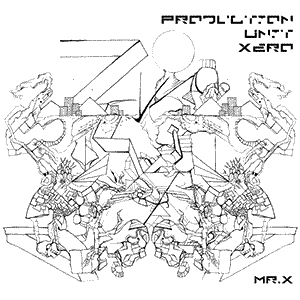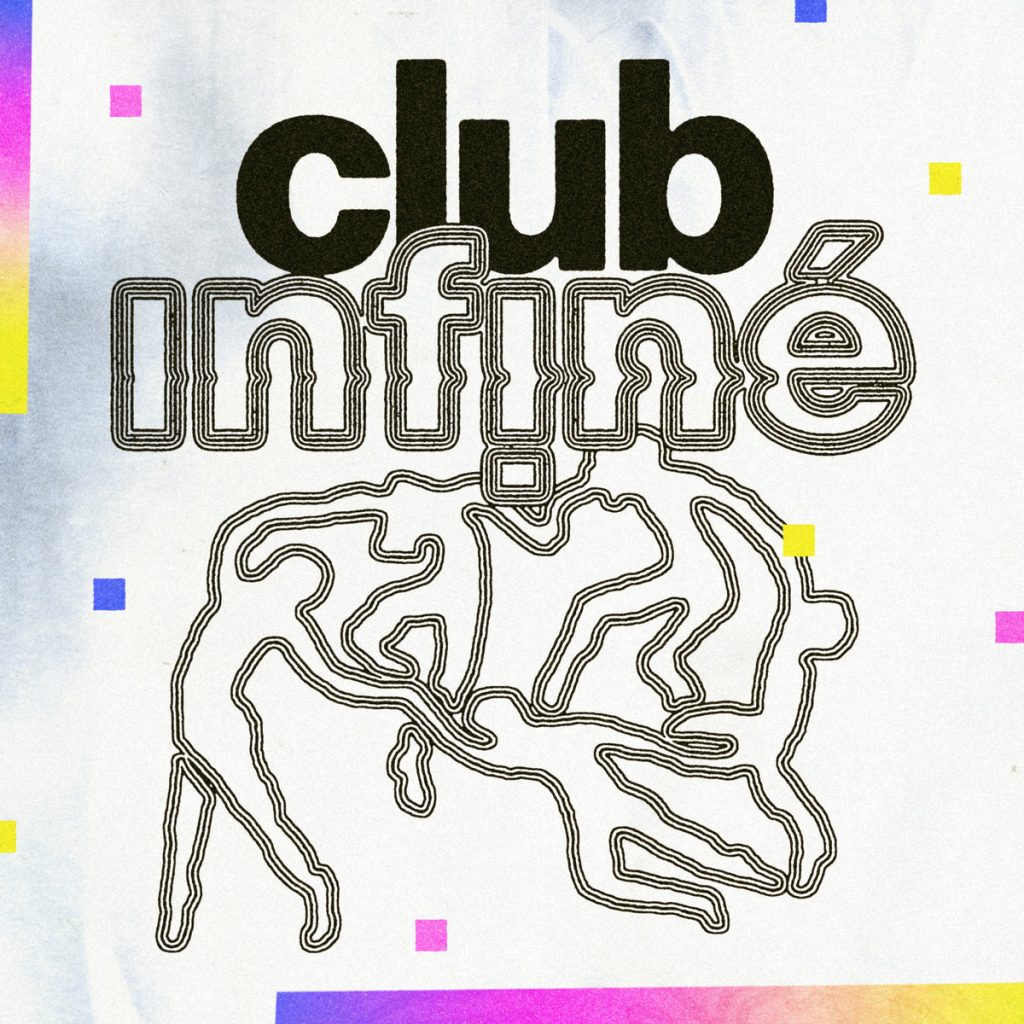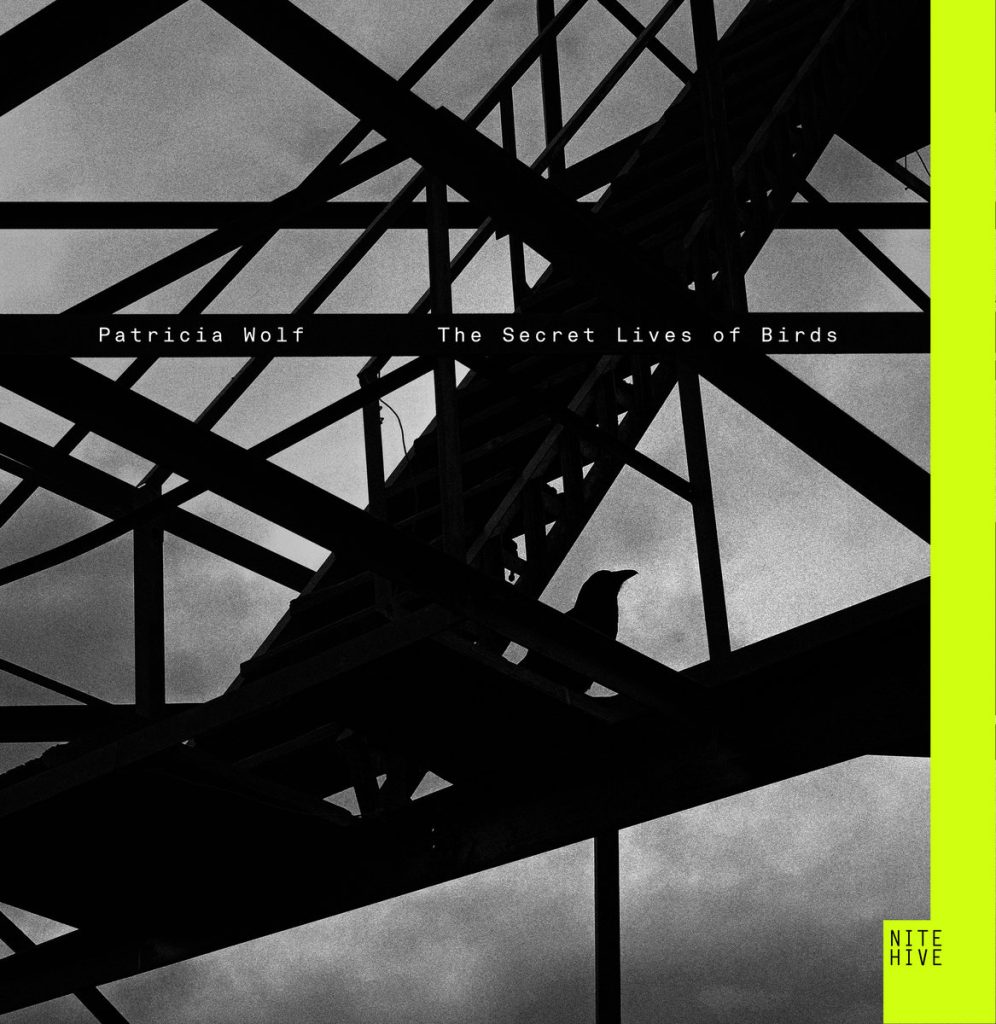Exploring the Top Ten FM Synthesizers: Pioneers of Frequency Modulation
Frequency Modulation (FM) synthesis represents a significant chapter in the history of music technology. It introduces complex, rich soundscapes that traditional subtractive synthesizers could not easily produce. Initially perceived as esoteric and difficult to manage, FM synthesizers have shaped various musical genres, providing unique textures and timbres that have expanded the sonic possibilities of electronic music. In this detailed exploration, we delve into the top ten FM synthesizers that have left a profound impact on music production.
1. Yamaha DX7
- Unquestionably the most famous FM synthesizer, the Yamaha DX7 was introduced in 1983 and became one of the best-selling synthesizers in history. Its digital sounds defined the music of the 1980s and influenced countless genres, from pop to new wave, and even film scores. The DX7 features six operators capable of producing complex harmonic sounds that were revolutionary at the time of its release. Despite its notoriously challenging interface, the depth and utility of its sounds made it a staple in studios worldwide.
2. Yamaha SY77
- Building on the legacy of the DX7, the Yamaha SY77 was a sophisticated FM synthesizer that combined FM synthesis with sample-based sounds, offering even greater flexibility and sonic potential. Released in 1989, it featured a more user-friendly interface and integrated effects, which made it more appealing to musicians who found the DX7 too limiting or difficult to program. The SY77’s ability to layer FM sounds with samples opened up new avenues for complex sound design.
3. Korg Volca FM
- The Korg Volca FM is a compact, battery-powered synthesizer that brought FM synthesis to the hands of modern musicians looking for portability and ease of use. Despite its small size, it packs a powerful punch with three-voice polyphony and fully compatible parameters with the Yamaha DX7, allowing users to import DX7 patches. The Volca FM is particularly celebrated for making FM synthesis more accessible and fun, incorporating a sequencer and onboard chorus effect to enhance its sounds.
4. Elektron Digitone
- Introduced by Elektron in 2018, the Digitone redefines how musicians interact with FM synthesis. It combines Elektron’s renowned step-sequencing capabilities with a uniquely intuitive approach to FM sound creation. The Digitone allows for eight voice polyphony and features multiple FM algorithms, making it a versatile tool for creating a wide range of sounds, from classic electric pianos to dense, evolving pads.
5. Yamaha DX200
- The Yamaha DX200 is a tabletop FM synthesizer and groovebox released in 2001, which integrates the classic FM synthesis engine with modern sequencing and processing capabilities. It’s equipped with real-time controls and an onboard effects processor, making it not only a powerful sound design tool but also a dynamic performance instrument.
6. Native Instruments FM8
- Moving away from hardware, the Native Instruments FM8 is a software synthesizer that takes the principles of FM synthesis into the digital domain with enhanced precision and flexibility. As the spiritual successor to the iconic FM7, FM8 offers an expanded FM matrix, arpeggiator, and a sophisticated modulation system. Its user-friendly interface revolutionizes FM programming, making deep and intricate soundscapes more accessible to producers.
7. Yamaha Montage
- As part of Yamaha’s flagship synthesizer line, the Montage combines FM synthesis with advanced sample-based content in a powerful workstation format. The Montage expands the traditional FM architecture to a vast 128 voices and integrates seamlessly with sophisticated control interfaces, making it an ideal choice for both studio production and live performance.
8. Dexed VST
- Dexed is a free software FM synthesizer that closely models the sound and behavior of the Yamaha DX7. It allows musicians to access the classic sounds of the DX7 with the convenience of a VST plugin, complete with patch compatibility and enhanced programmability. Dexed makes classic FM synthesis accessible to everyone, bridging the gap between vintage hardware and modern software solutions.
9. PreenFM2
- The PreenFM2, a lesser-known but highly respected entry in the world of FM synthesizers, is notable for its open-source status and hardware compactness. It offers up to 14 voices of polyphony and supports multiple FM algorithms, providing a unique platform for experimental sound design.
10. Yamaha FS1R
- This rackmount synthesizer is one of Yamaha’s most sophisticated FM instruments, combining traditional FM synthesis with formant shaping technology. The FS1R is capable of producing incredibly detailed, evolving sounds that go beyond typical FM capabilities, including realistic vocal-like textures.
Exploration of Sound and Legacy
These FM synthesizers are not just tools but are fundamental components that have sculpted the sonic landscape of modern music. Their diverse capabilities and historical significance continue to inspire musicians and producers, encouraging exploration and innovation in sound design. From the stage to the studio, these instruments serve as testaments to the enduring power and versatility of FM synthesis. As technology evolves, the legacy of these synthesizers continues to influence new generations of music creators, proving that the impact of well-designed instruments transcends the era of their creation.




